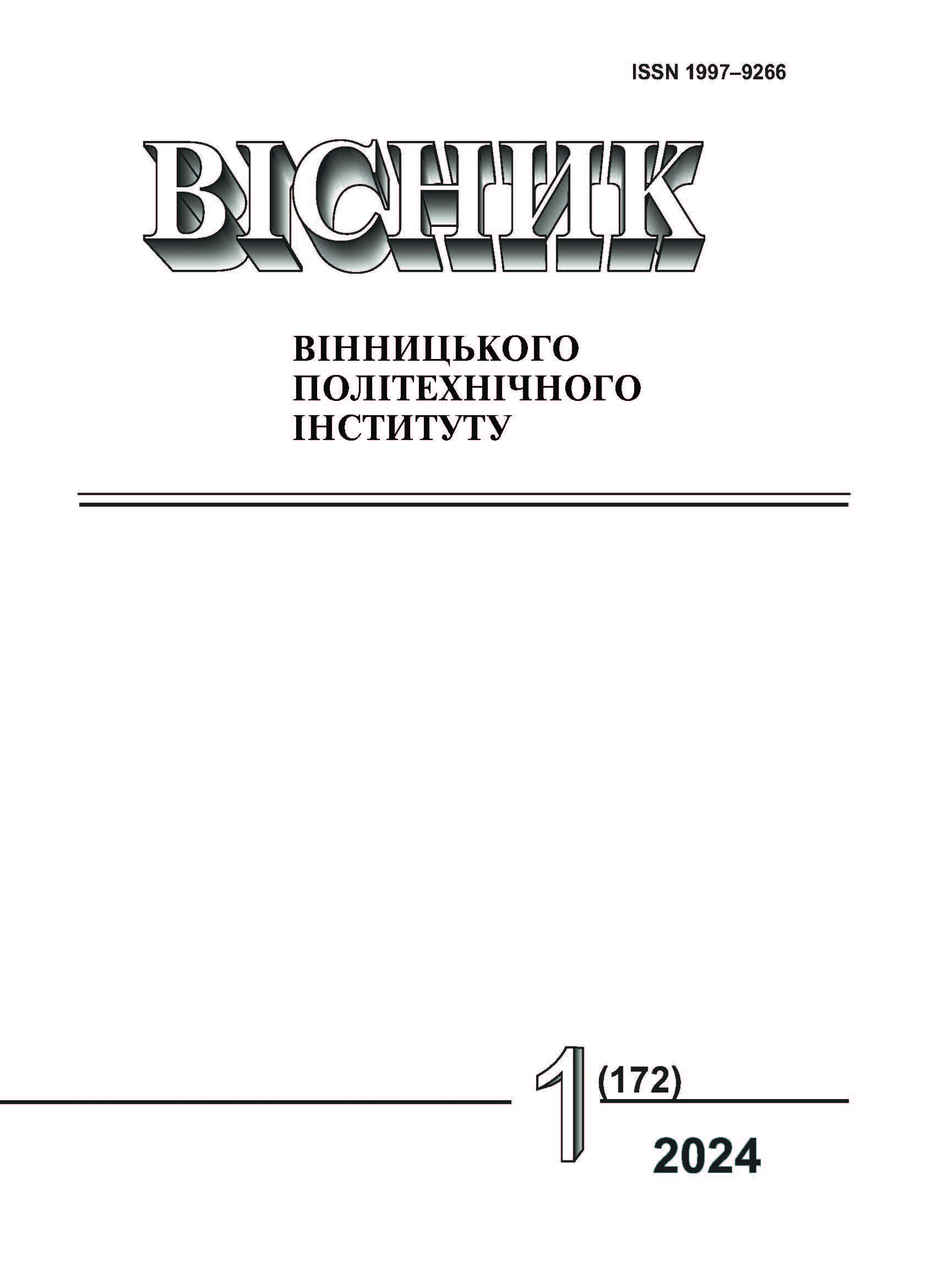Modeling of Pre-Fog Computing for the Tactile Internet
DOI:
https://doi.org/10.31649/1997-9266-2024-172-1-65-73Keywords:
Tactile Internet, computer network, fog computing, cloud network, edge cluster, pre-fog cluster, traffic transfer modelAbstract
In today’s world of information technologies and in the conditions of growing load on computer networks, it is an urgent task to optimize and improve their performance by effective management of resources and latency reduction. Construction of information technology architecture can reduce latency by moving cloud structures to the edge of radio access networks. Edge computing, which involves processing data at the edge of the computer network, reduces latency and improves response time, and using bandwidth at the edge helps reduce bandwidth usage. Pre-fog computing is an important strategy for improving computer networks in the Tactile Internet environment. The aim of this paper is to model the pre-fog computing of a hierarchical edge cloud network, aimed at determining the delay in traffic transmission, optimizing performance, and managing resources. The object of research is a model of a hierarchical network of edge clouds, including edge and pre-fog clusters, fog and cloud computing. The subject of the study is a model of traffic transmission in a hierarchical cloud network to ensure optimal resource management and traffic transmission, taking into account the delay requirements. In this paper, we model a hierarchical edge cloud network, develop a traffic transfer model, and analyze the delay of clusters of the first and second levels of a hierarchical cloud network. The hierarchical edge cloud network is designed to optimize data transmission and resource management. Edge clusters have limited computing capabilities, so they are connected to more powerful pre-fog clusters. In addition, fog computing ensures coordinated interaction between edge clusters across the entire computer network. The traffic transmission model allows achieving the required latency, efficiency, security, and high availability, making it relevant and useful for the Tactile Internet environment. The advantages of the modeled computer network are reduced latency from the data source to the users and reduced risk of network congestion. This provides flexibility in building the network and increases its availability, which meets the requirements of the Tactile Internet.
References
K. Kaur, A. Singh, and A. Sharma, “A systematic review on resource provisioning in fog computing. Transactions on Emerging Telecommunications Technologies”, vol. 34, no. 2, pp. 1-36, January 2023. https://doi.org/10.1002/ett.4731 .
A. Aijaz, “Toward human-in-the-loop mobile networks: A radio resource allocation perspective on haptic communications,” IEEE Trans. Wireless Commun., vol. 17, no. 7, pp. 4493-4508, July 2018. https://doi.org/10.1109/twc.2018.2825985 .
Fog computing and Mobile Edge Cloud Gain Momentum Open Fog Consortium ETSI MEC and Cloudlets, 2015. [Electronic resource]. Available: https://yucianga.info/wp-content/uploads/2015/11/15_11_22-_Fog_computing_and_mobile_edge_cloud_gain_momentum_Open_Fog_Consortium-ETSI_MEC-Cloudlets_v1_1.pdf . Accessed on: Feb 08, 2024.
X. Sun, and N. Ansari, “Green Cloudlet Network: A Distributed Green Mobile Cloud Network,” IEEE Network, vol. 31, no. 1, pp. 64-70, January 2017. http://dx.doi.org/10.1109/mnet.2017.1500293nm .
R. Yaroshevych, V. Tkachov, A. Kovalenko, and D. Rosinskyi “Modelling the Domain Architecture of the Tactile Internet Using a Foggy Infrastructure,” IEEE 9th International Conference on Problems of Infocommunications, Science and Technology (PIC S&T). October 2022, pp. 512-516. https://doi.org/10.1109/PICST57299.2022.10238653 .
Aazam, Mohammad et al. “PRE-Fog: IoT trace based probabilistic resource estimation at Fog.” 13th IEEE Annual Consumer Communications & Networking Conference (CCNC) , January 2016, pp. 12-17.
A. Muthanna et al. “Secure and Reliable IoT Networks Using Fog Computing with Software-Defined Networking and Blockchain,” Journal of Sensor and Actuator Networks, vol. 8, no. 1, pp. 15, February 2019. https://doi.org/10.3390/jsan8010015 .
A. Mukherjee, D. De, and D. G. Roy, “Power and Latency Aware Cloudlet Selection Strategy for Multi-Cloudlet Environment,” IEEE Transactions on Cloud Computing, vol. 7, no. 1, pp. 141-154, July 2019. http://dx.doi.org/10.1109/tcc.2016.2586061 .
M. Jia, W. Liang, Z. Xu, M. Huang, and Y. Ma, “QoS-Aware Cloudlet Load Balancing in Wireless Metropolitan Area Networks,” IEEE Transactions on Cloud Computing, vol. 8, no. 2, pp. 623-634, April-June 2020. http://dx.doi.org/10.1109/tcc.2017.2786738 .
K. Intharawijitr, K. Iida, and H. Koga, “Analysis of fog model considering computing and communication latency in 5G cellular networks,” IEEE International Conference on Pervasive Computing and Communication Workshops (PerCom Workshops), March 2016, pp. 1-4. https://doi.org/10.1109/PERCOMW.2016.7457059 .
K. Gai, M. Qiu, H. Zhao, L. Tao, and Z. Zong, “Dynamic energy-aware cloudlet-based mobile cloud computing model for green computing,” Journal of Network and Computer Applications, vol. 59, pp. 46-54, January 2016. http://dx.doi.org/10.1016/j.jnca.2015.05.016 .
A. Kartun-Giles, S. Jayaprakasam, and S. Kim, “Euclidean Matchings in Ultra-Dense Networks,” IEEE Communications Letters, vol. 22, no. 6, pp. 1216-1219, January 2018. http://dx.doi.org/10.1109/lcomm.2018.2799207 .
Downloads
-
PDF (Українська)
Downloads: 43
Published
How to Cite
Issue
Section
License

This work is licensed under a Creative Commons Attribution 4.0 International License.
Authors who publish with this journal agree to the following terms:
- Authors retain copyright and grant the journal right of first publication.
- Authors are able to enter into separate, additional contractual arrangements for the non-exclusive distribution of the journal's published version of the work (e.g., post it to an institutional repository or publish it in a book), with an acknowledgment of its initial publication in this journal.
- Authors are permitted and encouraged to post their work online (e.g., in institutional repositories or on their website) prior to and during the submission process, as it can lead to productive exchanges, as well as earlier and greater citation of published work (See The Effect of Open Access).





